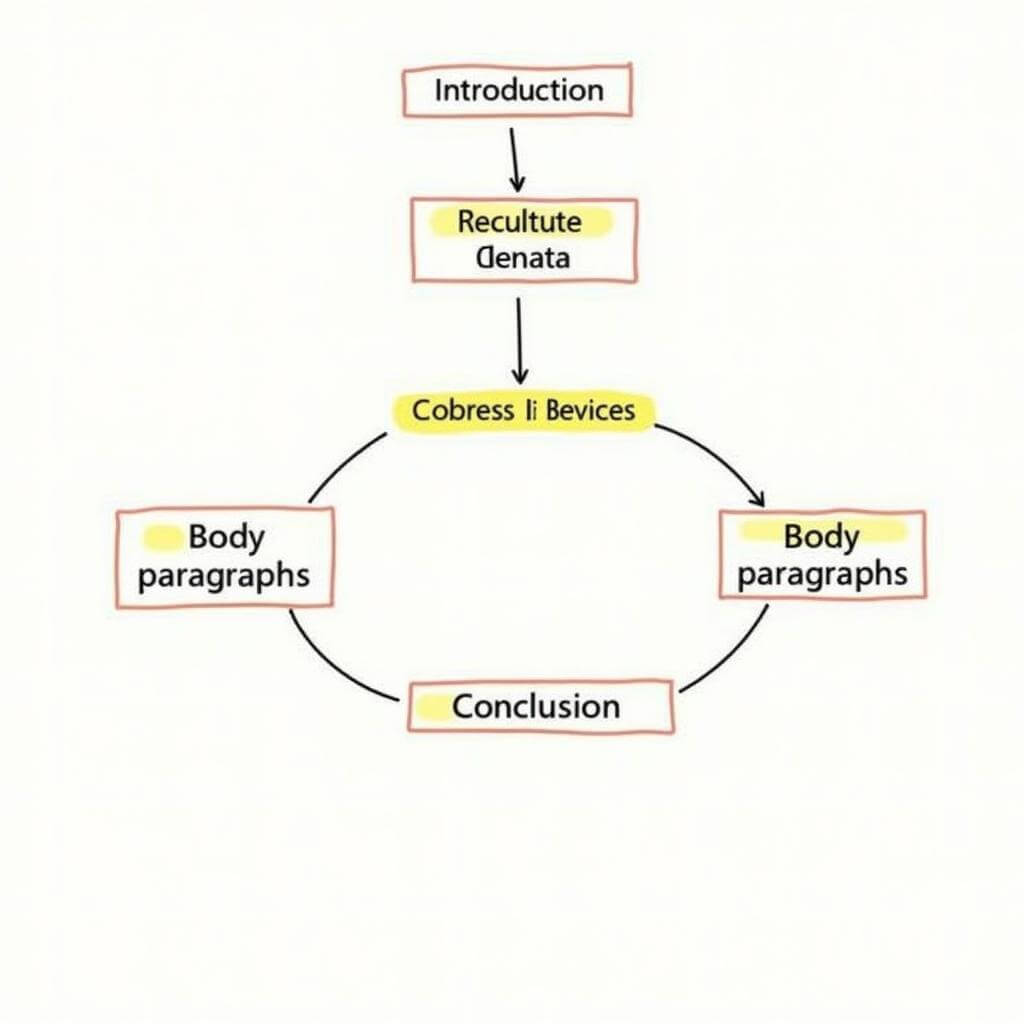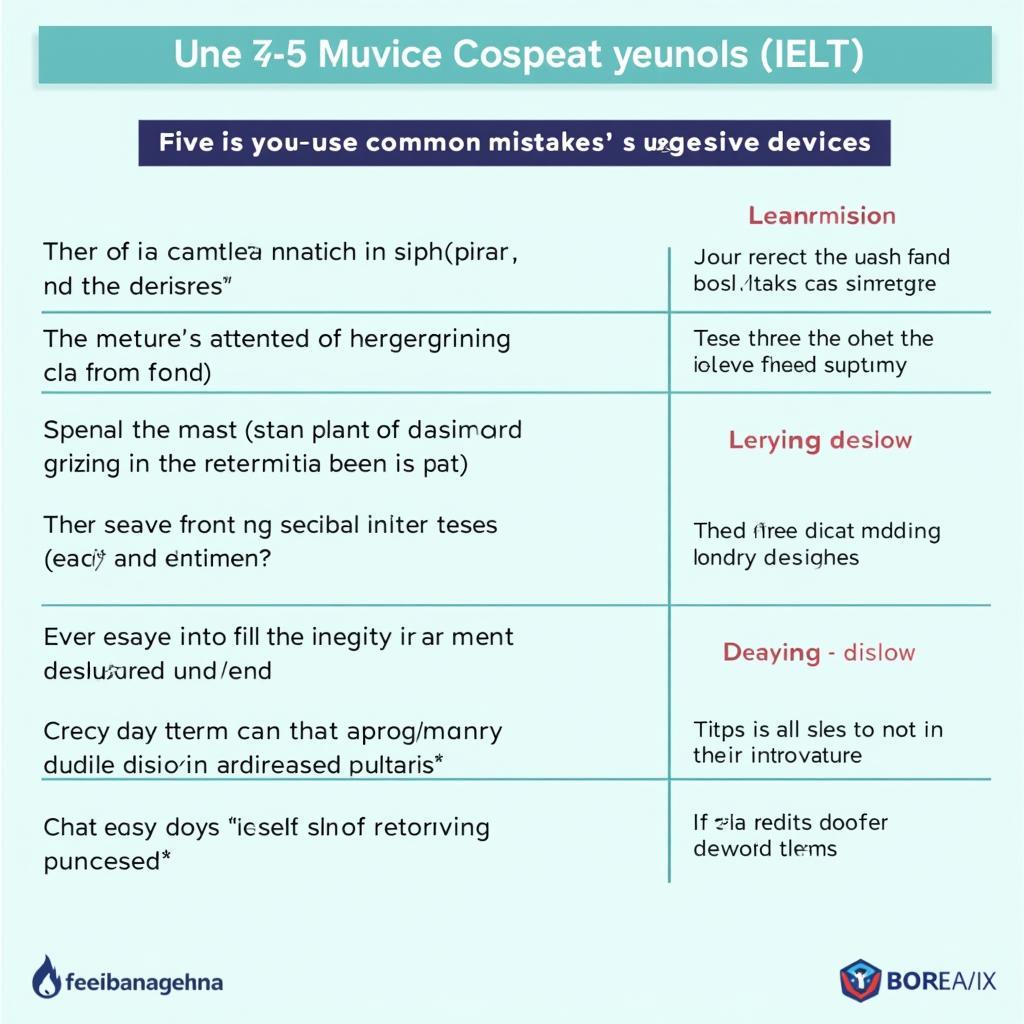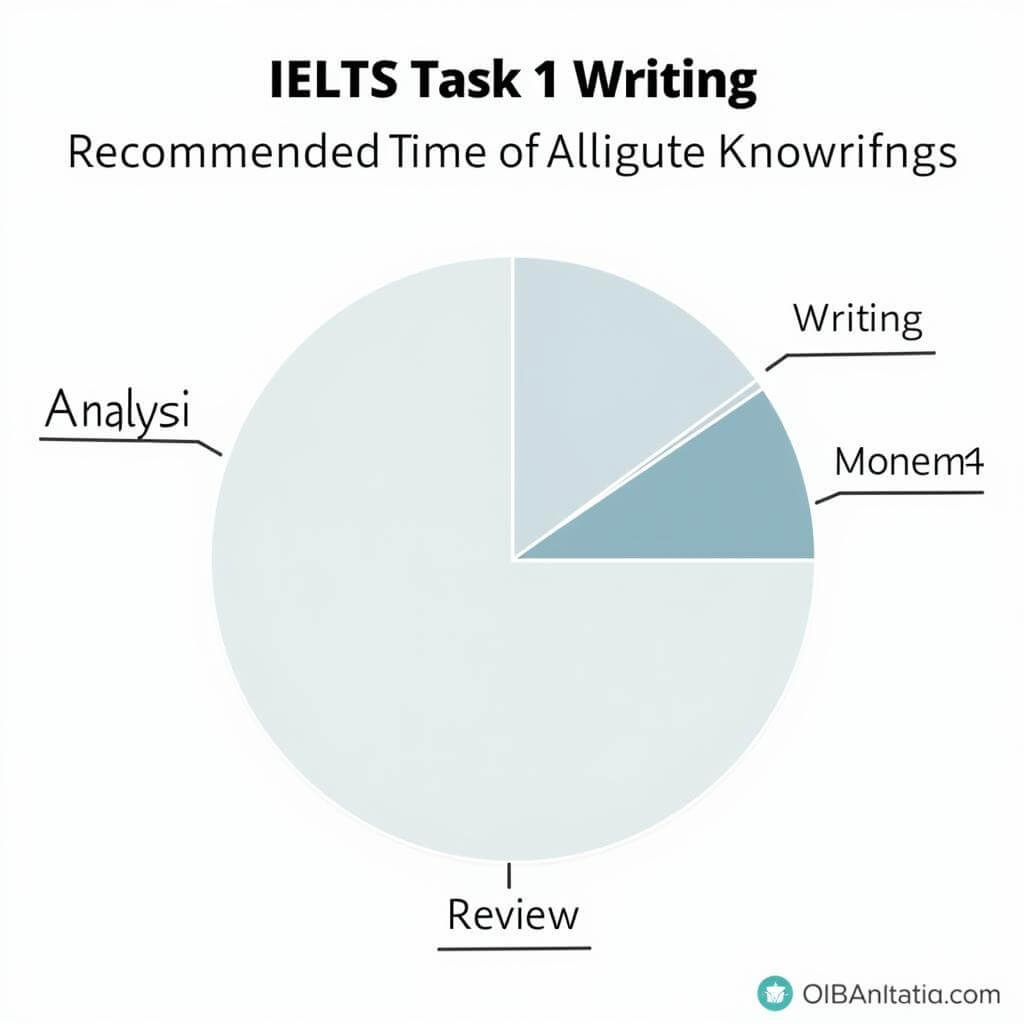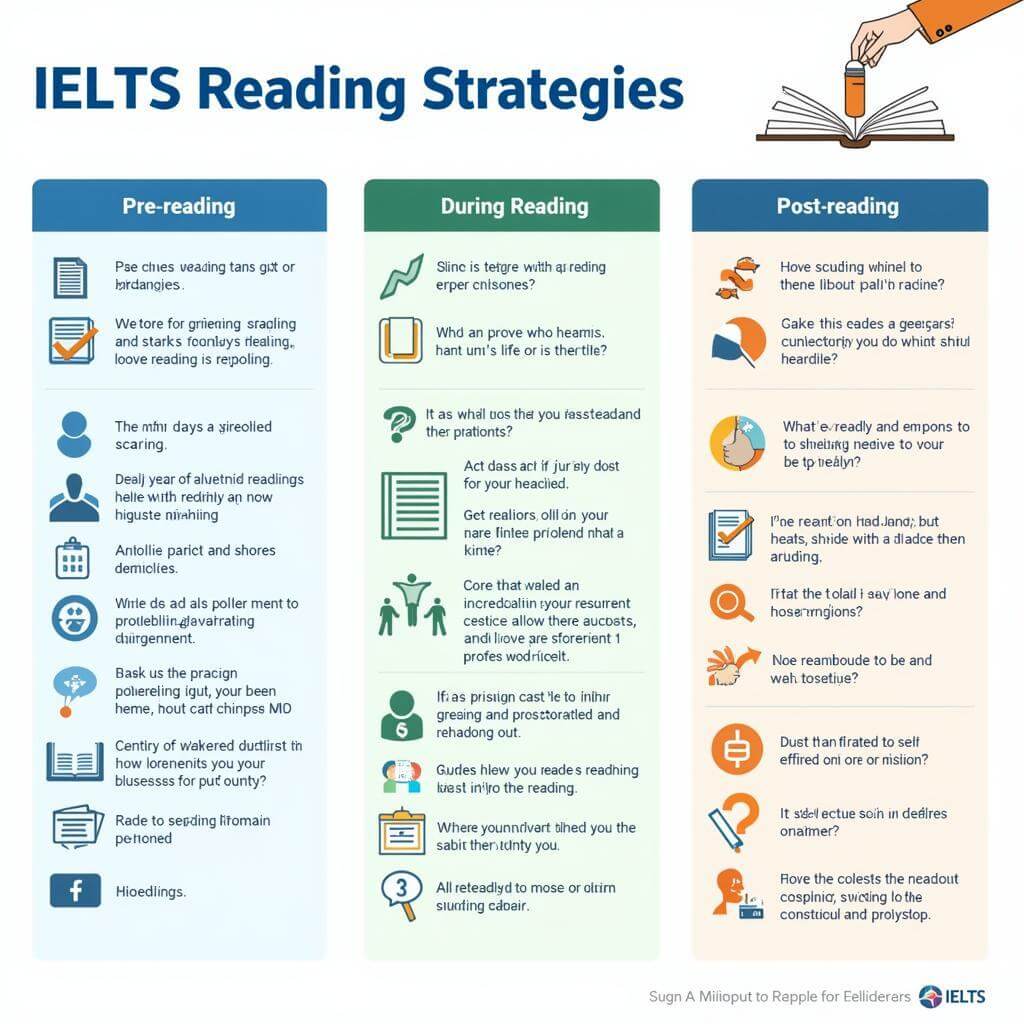Cohesive devices are essential tools for creating well-structured and coherent IELTS essays. By effectively using these linguistic elements, you can significantly improve your writing score and impress examiners with your ability to connect ideas seamlessly. This comprehensive guide will explore the importance of cohesive devices in IELTS essays and provide practical tips for incorporating them into your writing.
Understanding Cohesive Devices in IELTS Writing
Cohesive devices, also known as linking words or transitional phrases, are words or expressions that help connect ideas, sentences, and paragraphs. They play a crucial role in improving coherence in task 1 essays and ensuring a logical flow of information throughout your writing.
Types of Cohesive Devices
- Additive: and, moreover, furthermore, in addition
- Adversative: however, nevertheless, on the other hand
- Causal: therefore, consequently, as a result
- Temporal: firstly, secondly, finally, meanwhile
- Illustrative: for example, for instance, such as
Understanding these categories will help you choose the most appropriate cohesive devices for your essay.
The Importance of Cohesive Devices in IELTS Essays
Using cohesive devices effectively can significantly impact your IELTS writing score. Here’s why they’re so crucial:
- Improved coherence and cohesion
- Enhanced readability and flow
- Clearer organization of ideas
- Demonstration of advanced language skills
- Higher scores in the Coherence and Cohesion criterion
Dr. Emily Thompson, a renowned IELTS expert, emphasizes: “Cohesive devices are like the glue that holds your essay together. They guide the reader through your arguments and show the examiner that you can create a well-structured piece of writing.”
 Cohesive devices in IELTS essay structure
Cohesive devices in IELTS essay structure
Strategies for Using Cohesive Devices Effectively
To maximize the impact of cohesive devices in your IELTS essays, consider the following strategies:
1. Vary Your Choice of Devices
Avoid repetition by using a range of cohesive devices throughout your essay. This demonstrates your vocabulary skills and keeps your writing engaging.
2. Use Devices Appropriately
Ensure that you understand the meaning and function of each cohesive device. Misusing them can lead to confusion and lower scores.
3. Don’t Overuse
While cohesive devices are important, overusing them can make your writing seem forced or unnatural. Aim for a balance between coherence and natural flow.
4. Practice with Different Essay Types
Different types of IELTS essays may require different cohesive devices. Practice using them in various contexts, such as argumentative, opinion, or problem-solution essays.
5. Create Smooth Transitions
Use cohesive devices to create smooth transitions between paragraphs and ideas. This helps maintain the logical flow of your essay.
How to improve IELTS writing task 2 essays? By mastering the use of cohesive devices, you can significantly enhance the quality of your Task 2 essays.
Common Mistakes to Avoid
When using cohesive devices in your IELTS essays, be aware of these common pitfalls:
- Overreliance on basic devices (e.g., “and,” “but,” “so”)
- Using devices incorrectly or in the wrong context
- Starting every sentence with a cohesive device
- Neglecting other aspects of coherence, such as paragraph structure
- Forgetting to vary sentence structures
IELTS examiner Sarah Johnson notes, “Many test-takers focus solely on using complex cohesive devices but forget about the overall coherence of their essay. It’s important to strike a balance between sophisticated language and clear, logical argumentation.”
 Common mistakes in using cohesive devices for IELTS
Common mistakes in using cohesive devices for IELTS
Practical Exercises to Improve Your Use of Cohesive Devices
To enhance your skills in using cohesive devices, try these exercises:
- Gap-fill exercises: Practice inserting appropriate cohesive devices into sample essays.
- Rewriting paragraphs: Take a poorly structured paragraph and rewrite it using cohesive devices to improve coherence.
- Cohesive device matching: Match different cohesive devices with their appropriate functions or meanings.
- Essay analysis: Analyze high-scoring IELTS essays to identify and understand the use of cohesive devices.
- Timed writing practice: Write essays under timed conditions, focusing on incorporating a variety of cohesive devices.
Advanced Techniques for Band 8+ Scores
To achieve a high band score in IELTS writing, consider these advanced techniques for using cohesive devices:
- Use less common, sophisticated devices (e.g., “nonetheless,” “conversely,” “in light of”)
- Employ cohesive devices within sentences, not just between them
- Use referencing and substitution as cohesive techniques
- Incorporate parallel structures to create cohesion
- Develop topic sentences that act as natural transitions between paragraphs
Using conjunctions to link ideas effectively can further enhance your essay’s coherence and demonstrate advanced language skills.
The Role of Punctuation in Cohesion
While cohesive devices are crucial, don’t overlook the importance of punctuation in creating a cohesive essay. Using proper punctuation in essays can significantly enhance the overall coherence and readability of your writing.
Professor Michael Chen, a linguistics expert, explains: “Proper punctuation acts as a silent cohesive device, guiding the reader through your ideas and ensuring smooth transitions between thoughts.”
Conclusion: Mastering Cohesive Devices for IELTS Success
Mastering the use of cohesive devices in IELTS essays is a critical skill for achieving a high writing score. By understanding their importance, practicing their application, and avoiding common mistakes, you can significantly improve the coherence and cohesion of your essays. Remember to use a variety of devices appropriately, create smooth transitions, and balance their use with other aspects of good writing.
As you continue to practice and refine your skills, you’ll find that using cohesive devices becomes more natural and intuitive. This mastery will not only boost your IELTS score but also enhance your overall writing ability in English. Keep practicing, stay focused on improvement, and watch your IELTS writing skills soar to new heights.
FAQs About Using Cohesive Devices in IELTS Essays
-
How many cohesive devices should I use in my IELTS essay?
There’s no fixed number, but aim for a natural balance. Use them where needed to connect ideas and ensure flow, typically 1-2 per paragraph. -
Can using too many cohesive devices lower my score?
Yes, overuse can make your writing seem unnatural or forced. Focus on using them effectively rather than frequently. -
Are there any cohesive devices I should avoid in formal IELTS writing?
Avoid overly casual devices like “anyway” or “by the way.” Stick to formal or neutral options appropriate for academic writing. -
How can I practice using cohesive devices effectively?
Read high-quality essays, practice rewriting paragraphs to improve coherence, and do gap-fill exercises with cohesive devices. -
Do I need to use complex cohesive devices to get a high score?
While using some sophisticated devices can demonstrate advanced language skills, it’s more important to use a variety of devices correctly and appropriately. -
Can cohesive devices help in IELTS Speaking as well?
Yes, using appropriate cohesive devices in speaking can improve your coherence and fluency, potentially boosting your speaking score. -
How do cohesive devices relate to the overall structure of an IELTS essay?
Cohesive devices help create a logical flow between ideas and paragraphs, supporting the overall structure and how to structure IELTS essays for band 8 scores.


